The vast majority of payments to U.S. physicians continues to be based only on the volume of services the doctors provide rather than the quality of those services, according to a nonprofit employer coalition that released its first annual national payment reform scorecard.
- Dementia Signage Products for the Home
The national scorecard by the Catalyst for Payment Reform, a coalition of large corporations and other health care purchasers, offers a preliminary snapshot of how the concept of value-oriented payments is progressing in the U.S.
In conducting a voluntary survey of 57 health plans that represented about 67% of the commercial group market, or 104 million covered lives, the report found that only 6% of all outpatient primary care and specialist payments, and 11% of all inpatient hospital payments, were based on value. Most of the health care dollars paid to health care professionals “remain in traditional fee for service, paying providers for every test and procedure they perform regardless of necessity or outcome, or in bundled, capitated or partially capitated payments without quality incentives,” according to a summary of the report.
The report also found that about 75% of the health care dollars for outpatient services are going to specialists instead of primary care physicians, a trend researchers said should be watched over time as health care delivery and payment reforms are designed to boost primary care.
Suzanne Delbanco, PhD, CPR’s executive director, said specialists continue to receive the largest share of all payments for outpatient services because “they often command higher payment rates than primary care physicians. In addition, many Americans have direct access to specialists, and may not have a strong relationship with a primary care doctor who could reduce their reliance on specialists and help them to use specialists more selectively.”
Payment reform, however, emphasizes primary care, because health care experts are recognizing that a primary care physician “can help to coordinate patient care, improve the quality of care, and reduce the unnecessary use of higher-cost specialists,” Delbanco said.
The American Medical Association has several policies on payment reform. It has pledged to work with federal regulators and other payers on viable reform options as well as develop guidelines on health system delivery payment systems that would protect physician-patient relations.
Most value-based pay carries risk
Value-oriented payments are designed to reflect the quality of care a physician or hospital delivers, reduce unnecessary spending and encourage efficiency, according to the CPR. Of the small percentage of payments that focus on value, 43% involve arrangements in which health care professionals receive a bonus or some other type of additional payment for delivering higher-quality care. An example of this is a fee-for-service model with a shared savings component.
In 57% of these payment models, physicians and hospitals are placed at financial risk if they don’t meet certain cost and quality goals. Bundled payments exemplify a model in which the physician or hospital bears financial risk for keeping patients healthy and care costs low.
Several members of the health system that met at a March 26 forum in Washington said the scorecard results illustrated room for improvement. In 2010, the CPR, along with several large corporations, had set a goal for 20% of commercial payments to be through value-oriented arrangements by 2020. The scorecard’s findings show some progress in that direction, but “obviously we’ve got a long way to go,” said Robert Galvin, MD, CEO of Equity Healthcare.
From a cultural perspective, physicians and other health care professionals are accepting more of these payment reforms, said Mark Smith, MD, president and CEO of the California HealthCare Foundation. While value-based care is no silver bullet, doctors are realizing the inevitability of the movement toward the concept, he said.
Dr. Galvin said he hoped the scorecard would serve as a watchdog report to gauge progress on value-oriented payments. “If all of this payment reform doesn’t result in better quality of care, we have to keep resetting the compass.”
Some of the panelists from both the public and private sector discussed areas in which gains have been made on value-oriented payment. It’s not just about what the industry pays for but what it doesn’t pay for that drives quality and cost, said Jill Hummel, vice president for payment innovation with WellPoint. Currently, “we don’t pay for patient follow-up and management, navigation support, or improvements in patient health and reductions in cost.”
Change is difficult, “and we’re glad you’re holding us accountable,” said Hummel, who noted that WellPoint has been taking measures to partner with health care professionals on value-based payment models while embracing their expertise. Earlier this year, WellPoint began offering payments to some doctors to provide video consultations with patients as part of a larger strategy to reduce health spending and encourage timely care through telemedicine.
Richard Gilfillan, MD, who directs the Center for Medicare and Medicaid Innovation at the Centers for Medicare & Medicare Services, discussed the reach and impact of various federal programs on beneficiaries of public insurance. “We’re working to provide alternative models to deliver outcomes we’re all after,” he said. Under these initiatives, which include the Comprehensive Primary Care Initiative and the Medicare Shared Savings Program, Medicare 30-day “all cause” hospital readmission rates have dropped to 17.8%, and Medicaid spending per beneficiary also has decreased in the past two years, he said.
Dr. Gilfillan said 50,000 health care professionals are or will be providing care to beneficiaries under one of the CMS innovation center’s current initiatives.
- Dementia Signage Products for the Home
_______________
 |  |
15% Off ALL Products
Ends Wednesday May 1
Enter code:MAKEHERSMILE
at checkout in the "Zazzle Coupons/Gift Certificates" box
15% of the product net sale price will be deducted when one or more qualifying products are purchased and the coupon code MAKEHERSMILE is applied at checkout.
$4.50 - Thank You Note Cards
see on 2 styles

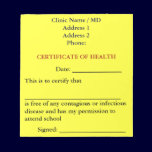
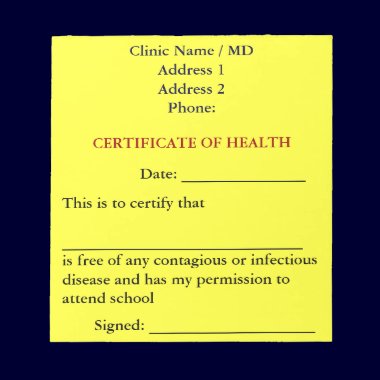
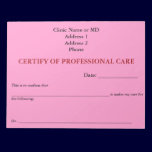
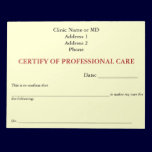

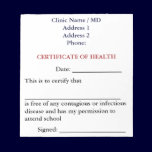
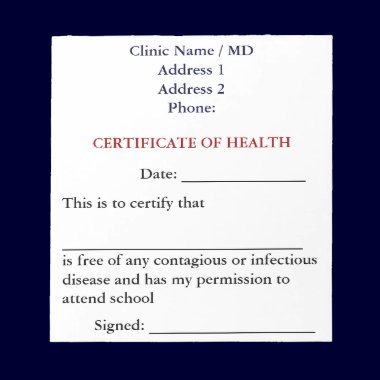




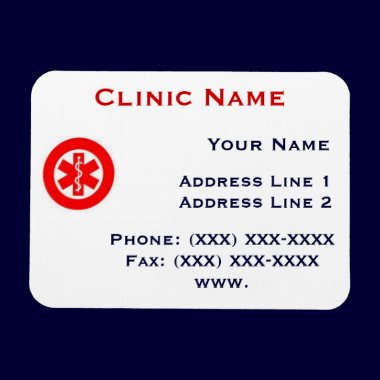


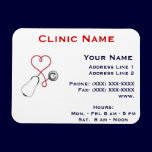
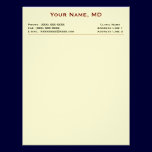
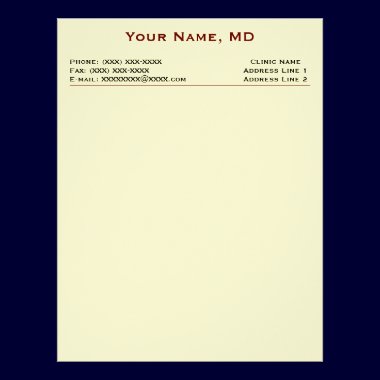















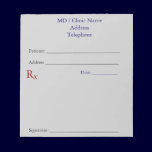
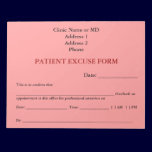
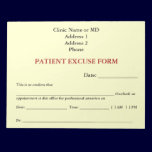



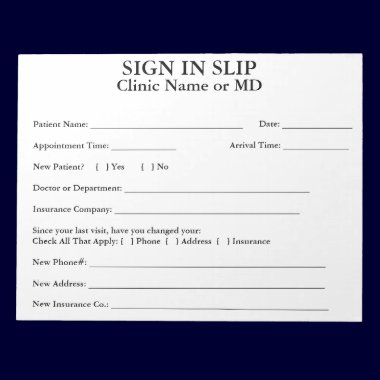






No comments:
Post a Comment